2010 Census Results Are In
Posted by Amy Clickner on March 25, 2011
Last week the U.S. Census released population and redistricting data for the state of Michigan. In a column I wrote last April, I explained that:
1. Census results are used to determine seats in the US House of Representatives. We want our community to have a strong voice, so a rise in population helps toward achieving that goal.
2. Over $400 billion per year in allocated projects and services (i.e. roads, schools, hospitals, job training) is based on Census data.
3. Economic developers, businesses, and consultants use Census data to assist in researching possibilities for business attraction and expansion.
Around the time of the previous census (2000), Marquette County was reeling from the tough economic set-backs of the late 1990s, which included a sharp drop in the steel market and the closure of K.I. Sawyer Air Force Base. It was during this time that community leaders began looking for ways to collaborate across communities. Recognizing the need for regional economic development, community leaders representing labor, industry, business, religion, education, non-profits, media and government came together to form the Lake Superior Community Partnership.
Since the beginning of the new millennium, Marquette County has flourished in a state that has suffered greatly through the most devastating economic hardship our country has seen since the Great Depression. The 2010 Census population statistics begin to tell the story.
While the complete data set continues to be released, Marquette County has shown solid growth with a 3.8% increase in population, bringing our total to 67,077 (65,884 in 2000). This shows that people are relocating to Marquette County, families are growing and job opportunities continue to be present.
More evidence that our region’s collaborative economic development efforts have been successful came last week when Site Selection magazine, a national publication which focuses on corporate real estate strategy & economic development, ranked Marquette County in a tie for 20th among all micropolitans nationwide. The U.S. Census Bureau defines a micropolitan area as a rural county whose largest city does not exceed a population of 50,000. The United States has a total of 576 micropolitan areas.
The rankings were based on the number of expanded, private-sector capital projects submitted by each state to Site Selection’s annual Governor’s Cup competition. In December, the LSCP submitted Marquette County real estate and development projects from 2010 to the Michigan Economic Development Corporation for the annual contest. Marquette County’s contribution was nearly $415 million, helping Michigan rank seventh among all states in the U.S.
The economic difficulty of the late 1990s forced our region to change the way we think, alter our approach and recognize that we can accomplish far more collectively than separately. Out of crisis, our region came together with innovation and collaboration across communities and achieved success in the face of adversity. Together, I believe we can achieve even more moving forward.
For more information on the Lake Superior Community Partnership, log on to www.marquette.org or call 226-9658.


